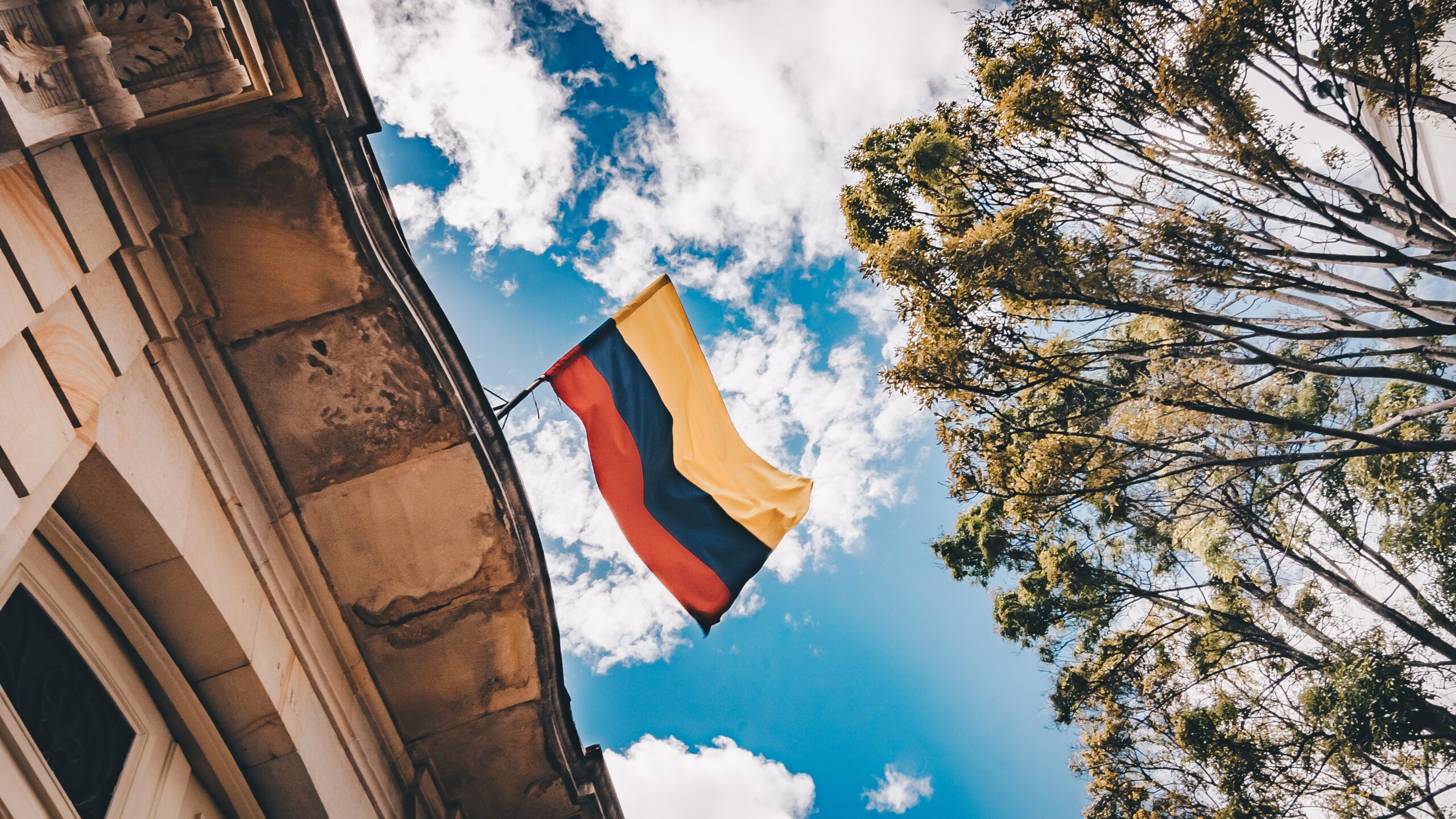
Colombian euthanasia cases rise steeply
Although its legal status is murky, cases of euthanasia have been rising steadily in Colombia of the past 7 years.
According to the right-to-die group DescLab, in 2015 there were 4 euthanasia deaths; in 2021 there were 95. In the 10 months to October 31, 2022, there were 99.
The increase has been steady: 7 in 2016; 17 in 2017; 24 in 2018; 43 in 2019; 34 in 2020, and 95 in 2021.
According to a DescLab report, between 2015 and October 31, 2022, 322 euthanasia processes have been carried out in Colombia. The last recorded year, 2022, became the period with the most medically assisted deaths. In total, 99 deaths were recorded, while in 2015, when it was regulated, there were four.
DescLab attributes the rise to the increased visibility of euthanasia in the media.
It claims that most of the requests came from the cities of Medellín and Bogotá, followed by Cali, Pereira, Manizales, Cartagena, Bucaramanga and Armenia. On average, Colombians who die through euthanasia are 62 years old.
The legality of euthanasia is very ambiguous. As long ago as 1997, the Constitutional Court declared that euthanasia was constitutional. This left Colombia in the unusual situation of having constitutional protection for euthanasia, but having criminal penalties for assisting a suicide. In 2022, it decriminalised assisted suicide.
Last year Victor Escobar became the first Colombian with a non-terminal illness to die by legally regulated euthanasia.
Although the department of health has issued guidelines in accordance with instructions from the Court, the Colombian Congress still has not passed enabling legislation. This inhibits doctors from participating in these procedures.
Debate about a medically assisted death law continues despite the fact that –from 1998 to 2022– 16 different legislative initiatives have been tabled in the Congress of the Republic and none of them has succeeded. To date, regulatory gaps continue to be filled by other public actors and the need for legislative efforts is less and less relevant in view of the effective enjoyment of the right to a dignified death of people in Colombia.
